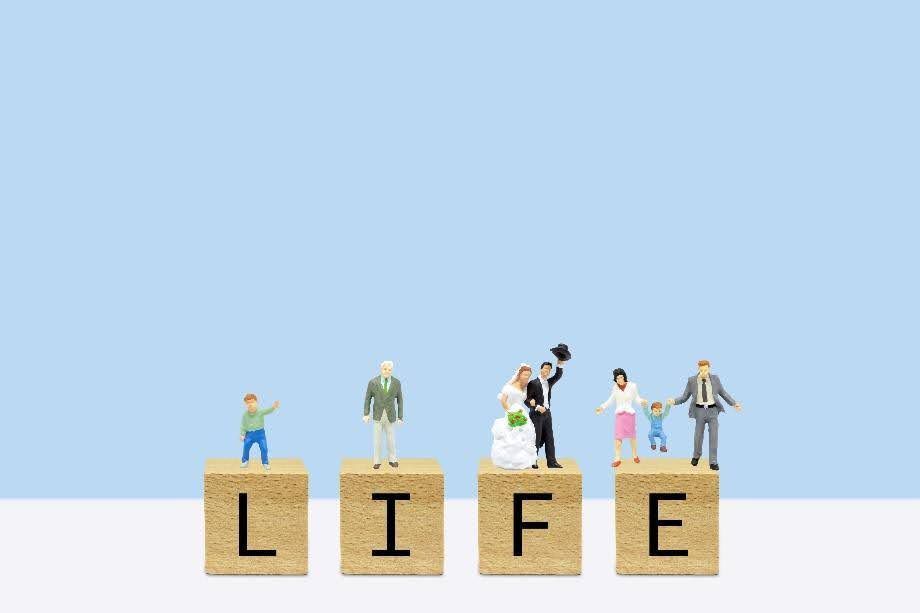Leaking Money Series – Part Four: The Balance of Opposites
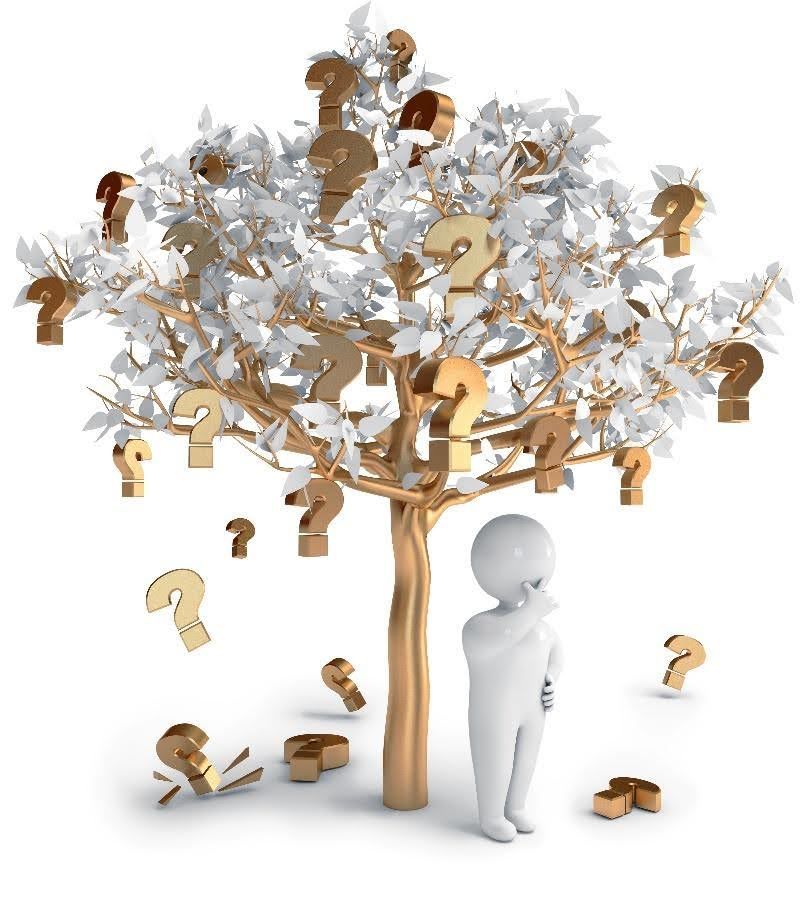
Welcome to Part 4 of our Leaking Money series: The Balance of Opposites. Here we dive into the everyday spending decisions that can quietly chip away at financial wellness—often without a person realizing it. Trendy vs. timeless. Cheap vs. quality. Fix vs. replace. New vs. used. Keep vs. upgrade. Most people do one or the other all the time. Always buying new, for example, when used or repaired would work just as well.
Most people go about life with whatever the status quo has always been, rather than actively considering other options. It is less about choosing the “cheaper” version of the opposites and more about recognizing when each option will serve best. Rather than money leaking, an active choice is made. Soon, a variety of options are considered and spending becomes intentional vs habitual. And… ideally investing that difference in the future, whether that is debt reduction or retirement. The goal: plug the holes silently leaking money and invest the saved money elsewhere.
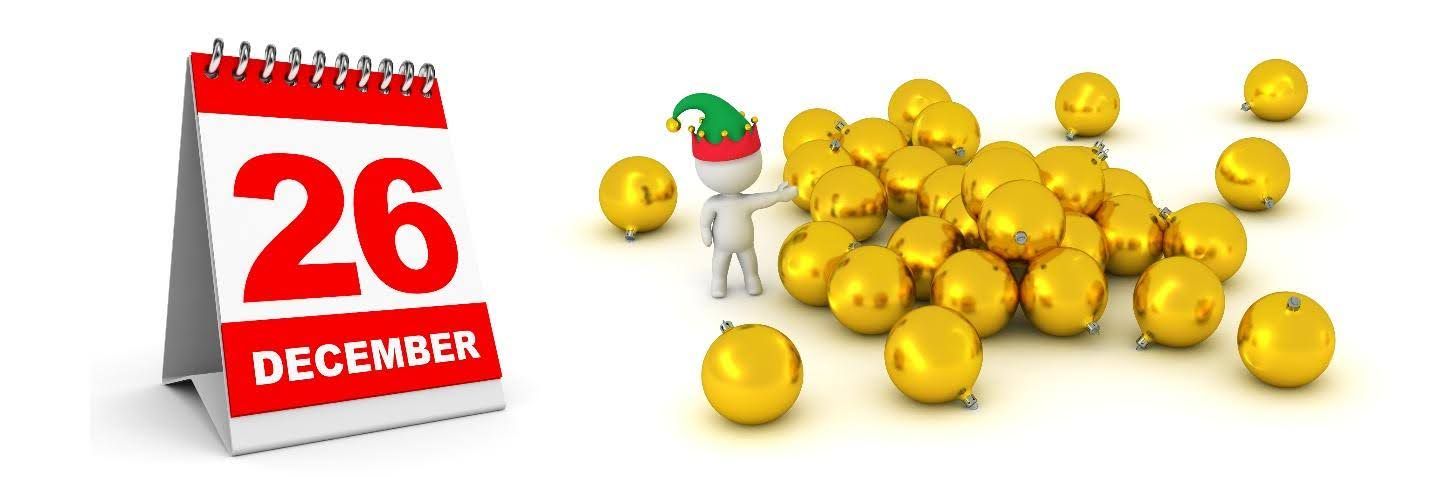
In-Season vs. Out-of-Season
Sometimes the best way to save money is when an item is purchased rather that what. Retail pricing often follows seasonal cycles, and being mindful of that timing can help avoid overpaying. If buying new, shop out of season in anticipation for the future.
In-season means buying when the demand is highest: summer clothes in summer, holiday décor in December, air conditioners in July. These items are often priced at a premium.
Buying out-of-season, like winter coats in spring or patio furniture in fall, can lead to deep discounts. Retailers are eager to clear space for the next season, so patient shoppers win big.
🛠
Action Tip:
Keep a “future needs” list. If you know your BBQ needs replacing, shop at the end of summer, taking advantage of significant savings without sacrificing quality. Use our downloadable checklist to get you started.
Mindset Shift:
Moving shopping just a few days, weeks, or a month or two, depending on the product, can make a significant impact on spending. Download our handy checklist for Out of Season shopping to help get started.
Balance Strategy:
Shop
in season when selection matters, like fit. Plan ahead for
out-of-season purchases to save money on big-ticket or repeat-use items. Use sales cycles to your advantage by combining needs and timing with strategy.

Trends vs. Classics
Trends come and go in fashion, home décor, tech, hobbies, even food. They can be exciting and offer a sense of novelty or identity. Constantly chasing what's "hot right now" can also quietly leak money over time, while timeless choices, though less flashy, tend to offer better long-term value.
Trendy purchases often have a short shelf life: fast fashion, viral gadgets, the “latest thing.” These can be fun, but they often end up unused, out of style, or forgotten in a drawer.
Before buying trendy, give it 24-48 hours (ideally a week!) before purchasing. Trendy by definition means it will become obsolete shortly. Ask the following questions. What is the purpose of the purchase? How long does it need to last? What kind of use will it receive? What is the end result desired? Is there an end strategy? If it is only for one event and will never be used again, go for it. But if it needs to be in use longer… consider a more classic buy.
Classic Buys are created to last in functionality, style, and longevity. They are built around long-term value. Think: a good winter coat, neutral shoes, a quality tool set, or a reliable laptop. Classics are investments. Trendy have accelerated depreciation and must be replaced often.
🛠
Action Tip:
Before buying, ask:
Will I still be using or wearing this two years from now?
If not, it’s probably a trend and worth a second thought.
Mindset Shift:
Shift to a substance and long-term mindset first, a temporary mindset second.
Balance Strategy:
Purchase trendy items as accents and classic items for foundation. Let trends add fun in small doses. Choose classics to anchor a wardrobe, home, or gear with long-term value. Spend more on the staples that serve year after year, and cap trend spending to stop leaking money.
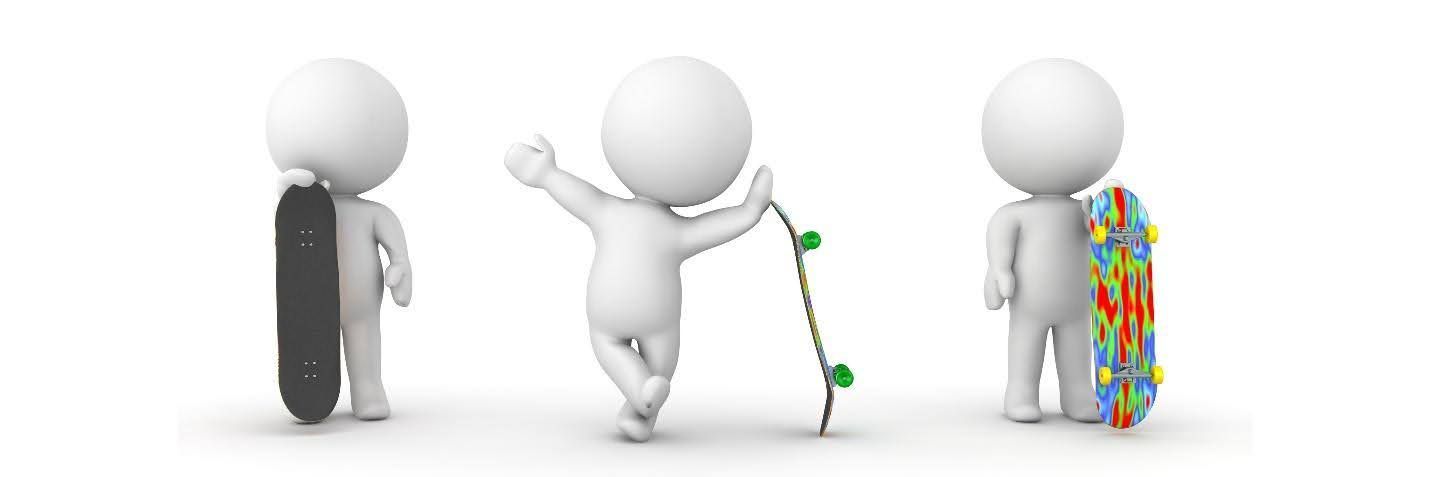
Cheap vs. Quality
It’s tempting to go for the cheapest option, especially when money is tight. But over time, replacing low-quality items again and again can cost more than buying a durable version once. Investing in quality can feel expensive until it outlasts three cheaper versions. On the other hand, not everything needs to be high-end. Some items it is better to go with cheap.
So, rather than “Which is better?” the real question is “What’s the right choice for this item?”
Going the cheap route is appropriate when testing a new hobby, for short term use, or one-time events. For example, going to a bargain store for parties supplies to be used once is far better than purchasing cloth napkins meant to be used over and over again.
Going Quality is more expensive initially, but often includes better materials, warranties, or longevity. This route is for daily or long-term use, when performance, reliability, and safety is needed.
🛠
Action Tip:
Use the
“cost per use” method.
If a $100 jacket lasts 5 winters, that’s $20/year. A $40 jacket lasting only one winter actually costs $200 for the same time period because of replacement costs.
Mindset Shift:
Look at value beyond the price tag. Spending a little more once on something well-made can actually cost less over time.
Balance Strategy:
Be thoughtful about where you “invest” and where you “economize.” Choose quality when durability, safety, or daily use matters. Go cheaper when the lifespan or importance is short. It’s about buying the best for the purpose vs. the best item in its class.
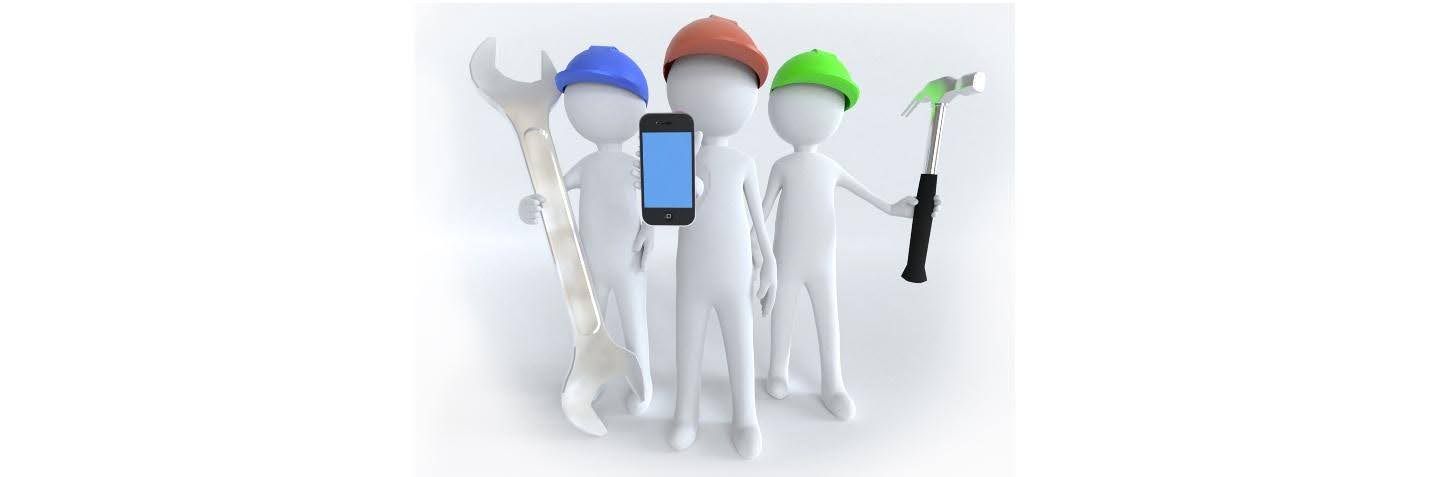
Repair or Replace?
We live in a “throw away” culture. But throwing away to replace vs repairing is a definite money leak and a mindset that can seriously drain finances over time. Every time something breaks or wears down, there is a choice: fix it or replace?
Choosing to repair instead of replace can save money, reduce waste, and make one more conscious of what is owned.
Consider Fixing: Clothes with minor rips, missing buttons, or loose seams; Electronics that just need a new cable, battery, or software update; Furniture that can be refinished or reinforced instead of tossed; Appliances with common issues (sometimes a quick YouTube tutorial is all it takes!).
Consider Replacing: When the repair cost is close to or more than the replacement cost; When safety or efficiency is compromised (like with old electrical items); When the item no longer fulfills the purpose it was purchased for or life changes render it obsolete.
🛠
Action Tip:
Before buying new, invest a little time (24–48 hours) to check on repair possibilities: watch a YouTube, call local repair shops, ask a friend, check for warranties. Then decide.
Mindset Shift:
Start thinking of purchases as investments—if something breaks, is it worth investing in a repair? Would a better-quality item next time reduce the need for future fixes?
Balance Strategy:
Repair when the price is lower than to replace or there is an emotional reason like environmentally friendly, or emotionally valuable. Replace when repairing compromises safety, or performance, when repairs will be continuous, or cumulative repair costs are higher than the cost of replacing.
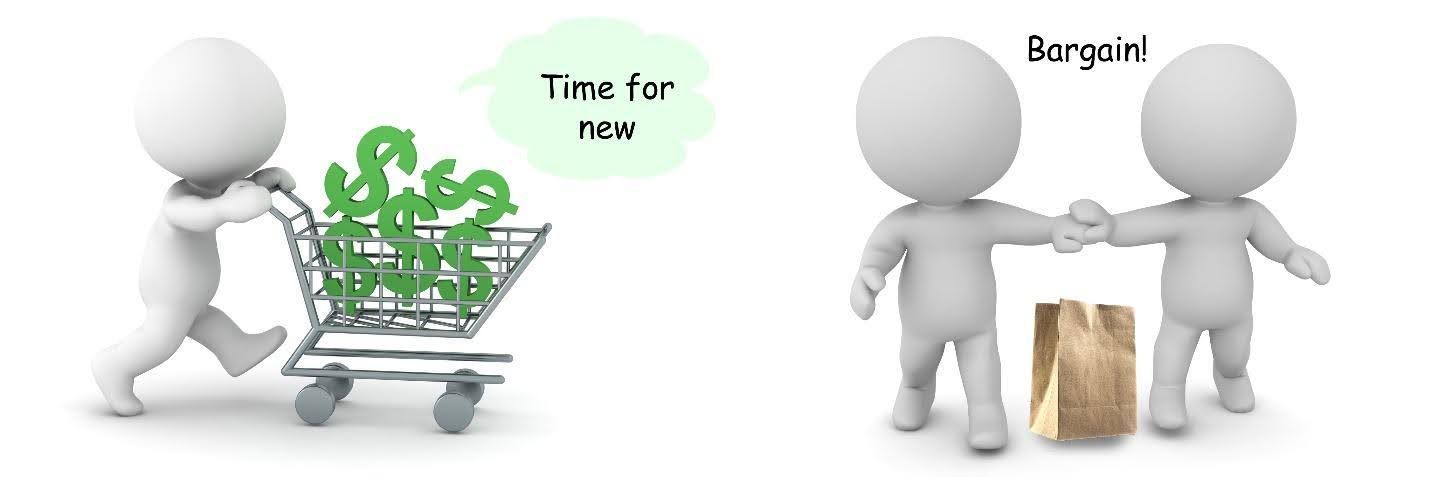
Buying New vs. Used
It is quick and easy to purchase new. In just a few clicks on the computer new items arrive at the doorstep the same day. Even a new car can be delivered after an online purchase. Buying used can often bring the same value at a fraction of the cost and still maintain quality and function, while reducing waste and saving money.
With today’s technology finding previously owned, good quality items is easier than it has ever been. Some apps/sites even focus on free items, a different way to think as a community. Simply download a few apps and start scrolling. The cost savings can be significant.
Buying used can have a big impact with cars, which lose thousands in value the moment they leave the lot. Purchasing a vehicle even a couple years old reduces the prices significantly and may dealers sell previously owned vehicles with warranties. Furniture is another area, especially wood, where purchasing used saves significant money. Certified refurbished phones, laptops, and tablets are often tested and guaranteed at lower prices. Kids items that are only used/worn once are great savings as well.
Buying new is important when Items are related to health and safety, like helmets, car seats, or mattresses; when warranties or return policies are essential; for personal items like undergarments or shoes that need to have a specific fit.
🛠
Action Tip:
Try the “used first” rule—before you buy something new, spend 10 minutes checking if a gently-used version is available locally or online. Reframe buying used into an event, a scavenger hunt, a challenge. Partner with a friend, colleague or family member and see who can discover the best finds.
Mindset Shift:
Reframe the idea of used items as smart, responsible choices that stretch dollars and reduce waste.
Balance Strategy:
Buy
new when quality, hygiene, customization, or warranty coverage matters. Buy
used when the item depreciates quickly (like cars or baby clothes), has a short lifespan, or is easy to inspect for quality. Mix and match depending on purpose and risk.
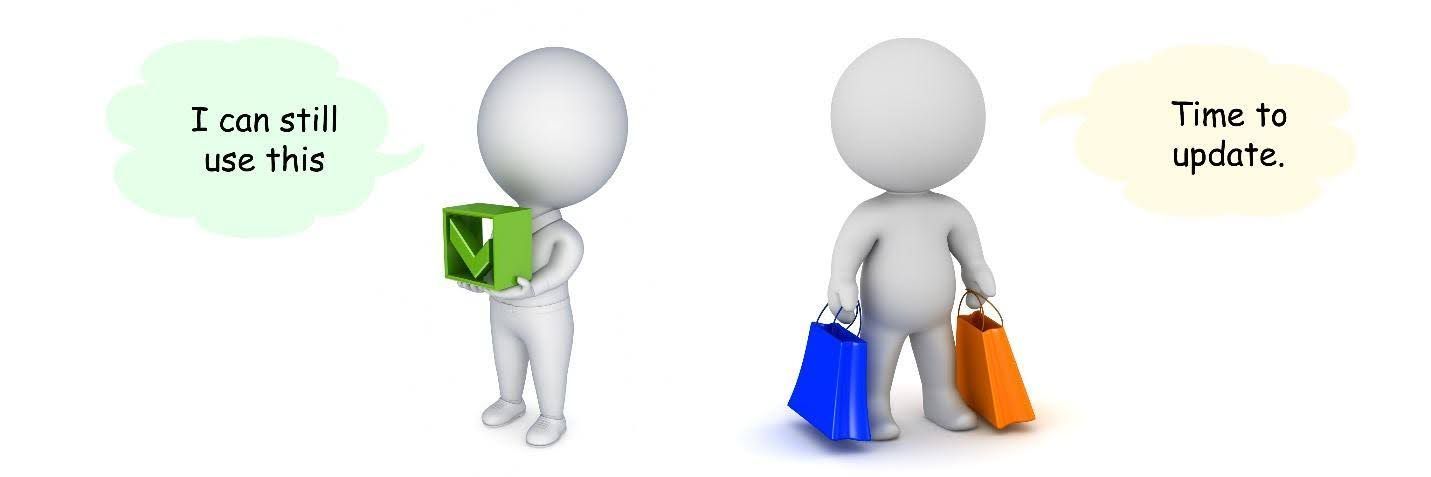
Keep Using vs. Updating
From phones and cars to furniture and apparel, we are surrounded with pressure to upgrade. Companies spend millions on marketing, tapping into our curiosity and status needs to have the latest, greatest, next thing.
Marketing tells us “Newer is better,” but financially, that’s usually untrue. The trick is knowing when to get more life out of what is owned and, conversely, when an update is the smarter move.
Keep Using when an item still meets the need or solves the problem it was meant for; is still safe and functional; the upkeep is low and repairs are easy or inexpensive.
Consider updating when the item stops meeting the need; repairs are mounting; there is frequent downtime or the item causes frustrating; there are safety concerns; lifestyle or purpose changes requiring different solutions; when a new model saves money in the long run.
🛠 Action Tip:
Take a 30-Day Pause - before upgrading, use the item another 30 days and see if it still serves the needed purchase. Many times, the temptation to upgrade is due to external factors vs what a person actually needs or wants. Track Performance, Not Age: Create a list of key needs for an item. Consider how it functions rather than age. Performance is the metric vs. age.
Mindset Shift:
Transition using performance, or lack of, as the replacement gauge vs. age. Instead ask, “Does this still serve me well?” Keeping a functioning item can be an act of financial wisdom, sustainability, and confidence.
Balance Strategy:
Don’t rush to replace just because something’s old. On the other hand, don’t hang on so long that you’re throwing good money (and time) after bad. A useful question:
“Is this still serving me well or am I serving it?”
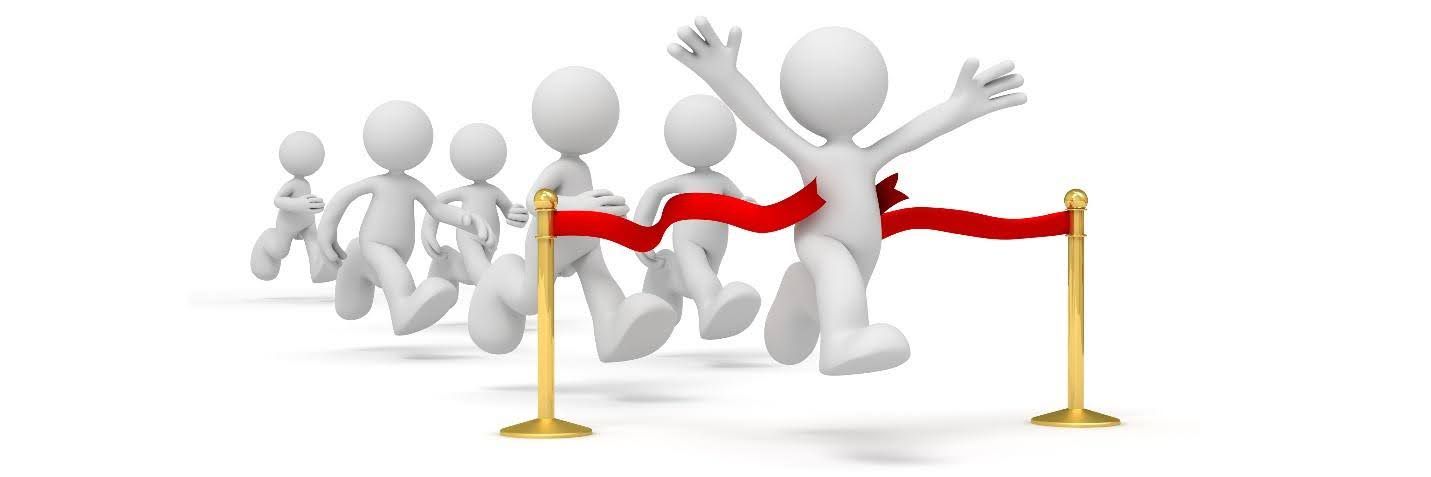
Final Thoughts
Financial wellness comes from choosing with awareness vs. simply going with what has always been done in the past. Every spending decision is a chance to practice balance. Some situations call for investing in quality, while others are better suited to a quick trend or cheap version. The problem occurs when the balance is off. What matters most is that purchasing choices align with values, budget, and long-term goals; where decisions are guided by intention rather than by default. Finding the right balance between these opposites transforms spending from a habit into a strategy and keeps more money from quietly slipping away.



